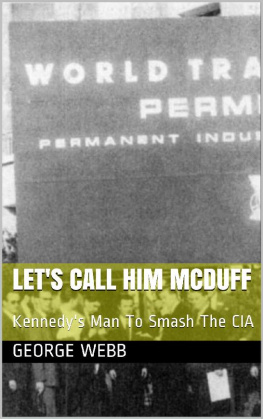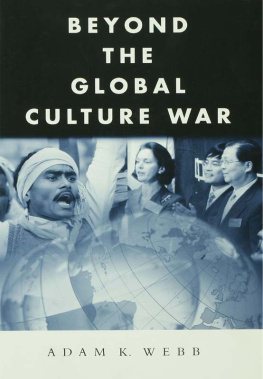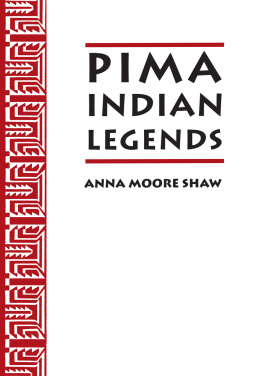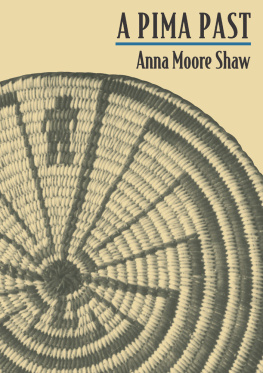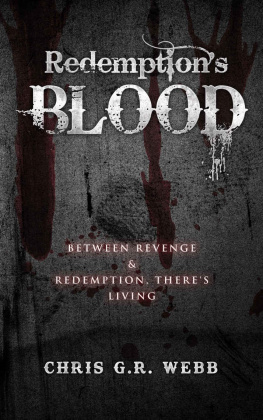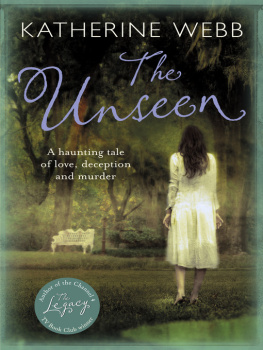A PIMA REMEMBERS
by
GEORGE WEBB
TABLE OF CONTENTS
Contents
TABLE OF CONTENTS
REQUEST FROM THE PUBLISHER
FOREWORD
GEORGE WEBB was born about 1893 at Gila Crossing on the Gila River Reservation, some twenty miles south of Phoenix, Arizona. His father was struggling with the problems of farming along the river at a time when white men upstream were appropriating nearly all the water. His parents wanted him to have as much schooling as possible. They sent him, at the age of six, to the Gila Crossing Day School. He attended for a year and then went on to the Indian Bureau Boarding School in 1902. He spent ten years there, graduating in 1912. From 1914 to 1917 he attended public high school in Phoenix, when that school had an enrollment of 800. He left high school in 1917 and went to work for a year as a ranch-hand near Glendale, Arizona, until he was appointed by the Indian Agent at Sacaton as a farm overseer at Gila Crossing. He served in this capacity for three years, managing farm operations, and at some time during this period enrolled in the Cook Bible Institute.
When George Webb was twenty-eight he bought cattle of his own and married Hattie MacDonald of his own village of Gila Crossing. For the next twenty-seven years he raised cattle and farmed intermittently when there was sufficient irrigation water. He and Mrs. Webb raised a family of seven children, four boys and three girls. Two of the boys served in the United States Armed Forces, one in Europe and another in Korea. In 1934 George Webb was elected representative from Gila Crossing to the first Tribal Council. In 1938 he gave up trying to farm because of shortage of water and ran a grocery store for two years.
In 1940 the Webbs moved near Chandler, and in 1948 sold out their cattle. For the past nine years George Webb has lived as a retired cattleman on his farm. In 1942 he was appointed Associate Judge of the Tribal Court and served until 1950. After his retirement he conceived the idea of writing these sketches of Pima history and traditions.
His narrative is aimed at two audiences. On the one hand, it was inspired by his desire to acquaint younger Pimas with some of the background and traditions of their people; traditions in the process of being forgotten. He also wanted to reach white men who misunderstand the position of Pimas in modern American life. For both audiences Mr. Webb seasons his story with genial, but often deep-cutting humor.
Edward H. Spicer
University of Arizona
PREFACE
THIS book is written with the young Pima Indians in mind. Very few Pima parents tell their children about the customs and habits of their forefathers. Therefore the present young Pimas do not know of the early life of their people.
With my own forefathers as informants I write this narration which is part of the lives they went through.
You will notice that I give no dates as my informants gave none, only the order of events as put down in this writing.
When I was young, the old Pimas could remember a long way back in time. They did not have any writing, but they did have what is called a Calendar Stick. On this stick they carved signs that reminded them of things they wanted to remember. Sometimes in the evenings they would look at this stick and tell what had happened in their grandfathers time. Or they would remember a story.
These forefathers of mine never had any of the whitemans education. They were educated in the ways of nature and used natural resources for food and clothing. This may have something to do with their long lives as they lived to be very old.
This writing is done in a very simple way so that the Indian with the least education may read and understand it. I did not try to go into the origin of the Pimas more than to tell a few legends that may throw some light on where they came from. Stories were handed down from generation to generation, but today there are only a few of us who know them, and we do not make a practice of telling them. The whole story of White Clay Eater takes four nights to tell so I did not attempt to tell it all, only a short part.
When I finished writing this book I did not know how to go about getting it published.
I called up the Tucson Indian School and they sent Miss Audrey Bard, English teacher, to go over the writing. She introduced me to the Chairman of the Folklore Committee at the University of Arizona, Miss Frances Gillmor, who placed this writing in the hands of Dr. E. H. Spicer of the Anthropology Department. Dr. Spicer arranged for Mr. Harry Behn to design the book and prepare it for publication by the University.
I want to thank Mrs. Harry Childson of Apache Junction also for her help and Mr. Dean Saxton for his assistance with the proper way of writing the Pima words.
I am thankful to meet such good people.
George Webb
SOME PEOPLE MENTIONED IN THIS WRITING
Buzzing Feather
Juana Losso
Eaglefeathers
Swift Arrow
Grayhorse
Kelihi
Rainbows Ends
A FEW PIMA WORDS
amog a speech
vato shade
olas-ki old Pima round house
Jujkam Mexicans
Miligan white people
chui pinole candy
ato-ovaigo Pima war cry
ban-vivega coyote tobacco
vi-hog mesquite beans
wulivega arrow target
kusheda rabbit hunt on horseback
shaa-tha rabbit hunt on foot
A PEACEFUL LIFE
WAY out in the southwestern part of our country which is now the State of Arizona, there was a Pima Indian Village.
It was a day in the early part of spring. The desert was covered with green grass and the trees were just beginning to put forth their leaves. The sun had been shining brightly and was now low over the horizon.
Juana Losso stood on a little knoll not far from her brush home. With hand shading her eyes she was looking towards the distant hills watching for a glimpse of dust that would tell the return of her husband Eaglefeathers from a hunting trip. Beside her was a little boy of two summers whose name was Kelihi, which means Old Fashioned.
Not seeing any dust Juana Losso and her little boy walked slowly back toward their home.
Just then two other boys came running over the desert. They were also sons of Juana Losso, and older than little Kelihi. With them was a dog.
Grayhorse had a cottontail rabbit hanging from a cotton string tied around his waist. Swift Arrow had two quail hanging from his cotton string belt.
This cotton string belt the boys wore held up their gee-strings, the only clothing the Pimas wore in those days. Juana Losso wore the usual dress of the women which was a cotton cloth wrapped around her waist hanging down to the knees.
The boys and their mother were all barefooted, although sometimes they wore sandals made from cow or horse hide.
Grayhorse and Swift Arrow were both talking at the same time trying to tell their mother how they had killed the rabbit and the two quail.
She listened. Then with a little laughter she took the rabbit and the quail to clean.
After she had cleaned them, she sharpened the ends of a stick and stuck it through the rabbit lengthwise. With the quail she did the same and put them up to the fire to cook.
While the rabbit and the quail were cooking, Juana Losso went to the storage-basket and took out some vi-hog (mesquite beans) and pounded them into a powder on the chu-pa (mortar). This powder was mixed with water and used as a sweet drink.





